Hyundai Automotive Lighting and ON Semiconductor Advanced Automotive Lighting Solutions
In today's mid- to high-end cars, modern lighting concepts are becoming more and more vivid. Whether it's exterior lighting or interior lighting, it's stylish and personal. The mood setting mode is used in different parts of the car to control the color and brightness of the "personal space", such as the driver's foot space or the backlight of the console. This type of automotive lighting uses a new type of light source to meet the requirements of environmental protection and energy saving while enriching the consumer experience.
To achieve advanced automotive lighting applications, it must be supported by the corresponding semiconductor technology. As a leading supplier of automotive lighting solutions, ON Semiconductor has been providing a variety of general-purpose and dedicated energy-efficient device solutions for automotive lighting applications, in line with automotive applications. Strict requirements to meet the rapidly growing market demand.
Modern Automotive Lighting Systems In recent years, light-emitting diodes (LEDs) have been heavily adopted in automotive lighting applications. LED-based lighting systems offer longer life, lower power consumption, and greater design flexibility than incandescent lamps. These features make it ideal for automotive interior lighting applications. In addition, as technology continues to advance, white LEDs with lower cost and higher light output per watt have emerged, making LEDs more suitable for a variety of lighting applications inside automobiles.
LEDs are used in a wide range of applications in automobiles, such as in the interior of a car roof or in the lower interior of a car door, focusing light on specific areas inside and outside the car. The LED can also be integrated into the door handle, keyhole, pedal, cup holder, or as a turn flash on the mirror. The shape of the illuminating indicator can be very simple or very beautiful, to meet the precise lighting, to provide convenience and beauty, as shown in Figure 1. 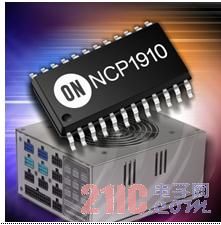
Figure 1: A variety of automotive lighting applications
ON Semiconductor's Advanced Automotive Lighting Solutions ON Semiconductor has been providing standard and custom devices for automotive lighting applications, including general lamp driver solutions, as well as stepper drives, LED drivers and high-intensity discharge lamps (HIDs such as xenon lamps) driver. In the HID driver-specific integrated circuit (ASIC) market, ON Semiconductor's headlamp level adjustment and rotary stepper drivers have been widely adopted in the industry. In the automotive LED lighting market, ON Semiconductor offers a broad portfolio of products for both interior and exterior applications. In the block diagram of the automotive lighting system shown in Figure 2, ON Semiconductor has a variety of corresponding products. The following are some of the main solutions. 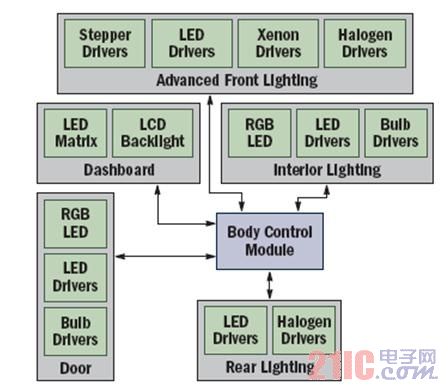
Figure 2: Block diagram of the car lighting system
1. Headlamp Stepper Motor Drivers Most of today's cars are equipped with high-beam (HB) and low-beam (LB) halogen lamps, which are the main functions of the headlamps. High-beam halogen lamps typically consume 55 W and have a light output of approximately 1,000 lumens. HID technology has been around for more than a decade, with a power consumption of about 35 W and a light output of about 3,500 lumens, which has certain application advantages. Over time, HID lamps have integrated the high beam function into a dual xenon lamp solution. However, due to the high brightness and glare of HID affecting the line of sight of the vehicle, some countries require automatic adjustment of the height of the low beam.
Another important aspect of automotive headlamps is the beam rotation of the Advanced Headlamp System (AFS) to optimize the visibility curve, while the Adaptive Beam (ADB) function adjusts the beam according to real-time conditions. Stepper motors are the preferred controller for AFS and ADB.
ON Semiconductor's AMIS-30623 single-chip bipolar stepper motor driver is suitable for horizontal adjustment and rotation control of headlamps. The device features an integrated position controller and local interconnect network (LIN) interface for a dedicated mechatronic solution design for remote connection to a LIN host, as shown in Figure 3. It uses configurable parameters such as current, speed, acceleration and deceleration to receive position commands via the bus and drive the motor coil to the desired position. The AMIS-30623 can also detect motor stalls.
The device embeds a dedicated finite state machine and a custom LIN command set for advanced headlamp systems. It also integrates sensorless step loss detection to improve reliability, reduce component count and board space, and reduce Product Cost. 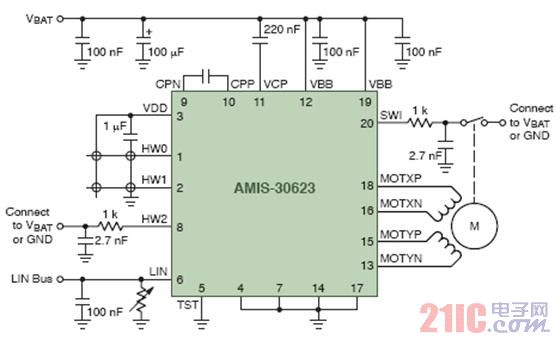
Figure 3: Headlamp level adjustment and rotation circuit using AMIS-0623
2. LED headlamp system power ballasts and dual LED drivers Currently, most cars still use the halogen headlamp solution to provide high beam and low beam functions, but the future trend is to use xenon lamps and LED lights. In particular, LED lamp applications that can significantly reduce the power consumption of headlamps will rise rapidly. 30% of cars will be equipped with a variety of LED headlamp functions within 5 years. LED lighting offers a more sleek choice for "instant" illumination and allows for brightness control from 0% to 100% power.
ON Semiconductor's NCV78663 single-chip smart headlamp LED driver is a new device to be launched in 2011. It supports single-module control of high beam, low beam, daytime running lights, position lights, turn signals and fog lights. . With integrated digital dimming, programmable serial peripheral interface (SPI) settings, and built-in diagnostics, the NCV78663 provides an integrated, comprehensive, energy-efficient solution for headlamp control. 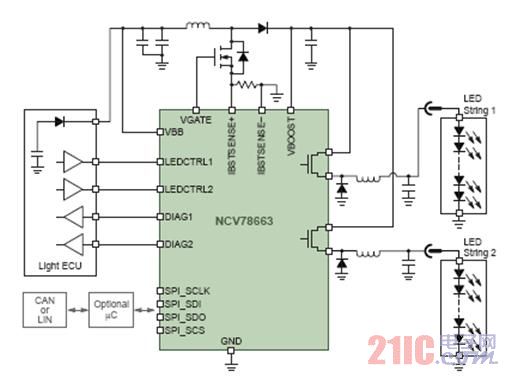
Figure 4: NCV78663 single-chip smart headlamp LED driver
The NCV78663 features a buck/boost topology that enables LED current regulation, constant current sharing, high efficiency integrated buck switching (high side), and up to 2 A with only a few external components; its expanded diagnostic capabilities include: Open circuit or failing driver, short circuit, over current protection and single LED failure. In addition, the device features thermal protection, system customization via SPI interface and/or OTP settings, multiple system configurations with one device, better EMC performance without additional filtering, low battery EMC, low LED string and other features. . Using the NCV78663 can reduce the number of external components, and the total energy efficiency is higher than 90%. The evaluation board for this device has been introduced, see Figure 5. 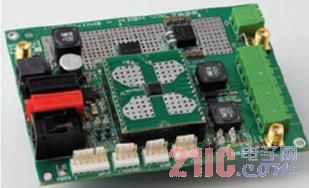
Figure 5: NCV78663 Evaluation Board
3. HID headlight full-function ASIC
The advent of HID lamps has improved the performance of the headlamp system. Compared to conventional halogen lamps, HID improves color rendering with low power consumption, longer life and higher light output. To support advanced features, HID headlamps require high efficiency ballasts and complex control circuitry.
The ON Semiconductor HID Lamp Control System is a hybrid analog/digital solution with an 8-bit microcontroller or dedicated state machine, see Figure 6. The device integrates a DC/DC controller with extensive diagnostic functions (overvoltage, undervoltage, temperature sensor, lifetime counter), various communication interfaces (LIN, SPI), and supports 35 W (D1/D2/D3/D4) ) and 25 W (D5) lights. 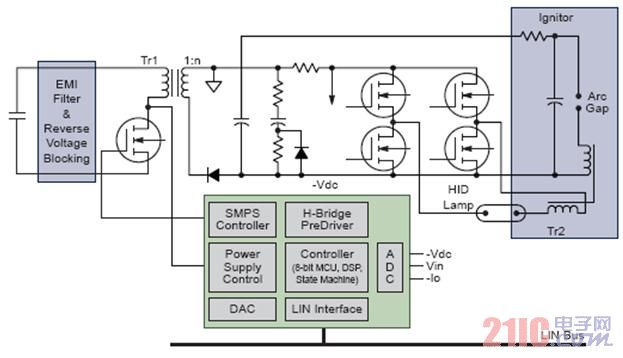
Figure 6: HID headlamp full-featured ASIC
4. Automotive LED combination taillight linear current steady flow and controller At present, the automobile combination taillight (RCL) is increasingly using LED light body set, which not only has beautiful appearance and high luminous efficiency, but also helps the rear car to see clearly. Go to the driving state of the preceding car.
ON Semiconductor's NCV7680 is a linear current regulator and controller that can be used to power a combined taillight on a single chip, providing better performance and higher energy efficiency with a smaller footprint than the market. The device includes eight linear programmable constant current sources for steady current and control of automotive solid state combined taillights (RCL), supporting up to 75 mA of LED light per channel.
The NCV7680 integrates a number of features to support two brightness levels, one for parking and the other for tail lighting. Optional Pulse Width Modulation (PWM) control can also be used if desired. The system designer only needs to use an external resistor to set the output current (the overall set point). In addition, for designs that require high currents, an optional external ballast field effect transistor (FET) can be used for power distribution based on the high current required for the design. The delayed power limit reduces the drive current in the overvoltage condition. This is important for low current applications without external FETs.
Typical applications for this device include combined taillights, daytime running lights (DRL), fog lights, central high-position brake light (CHMSL) arrays, turn signals and other external modulation applications, liquid crystal display (LCD) backlighting, lighting modules, and more. Compared with the discrete solution, the device can better match the LED output, open-circuit LED string diagnosis of open-drain output function, and easy to find faults. 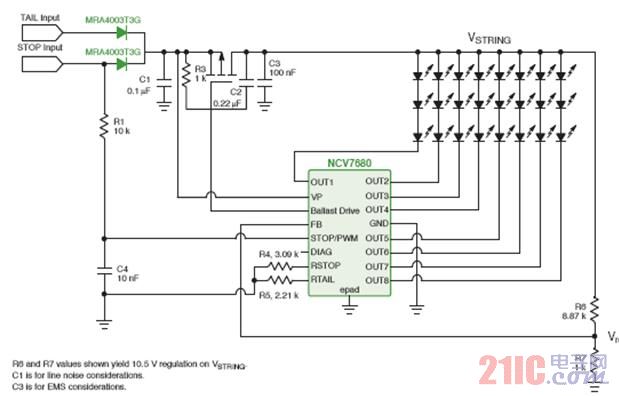
Figure 7: Application Circuit with External FET Transistor Ballast
Summary ON Semiconductor has been using its advanced automotive process technology to provide a wide range of standard and custom devices for automotive lighting applications. In addition to some of the solutions described above, there are industry-leading products and solutions for linear and switching power supply (SMPS) LED drivers, LED current stabilizers, and central high-position brake lamp constant current regulators.
Like all automotive applications that use advanced automotive technology, all of these integrated circuits meet automotive reliability and temperature specifications and environmental requirements, while meeting people's interior lighting controls, headlights, rear combination lights, and fog. Increasingly high requirements for lights, position lights, and especially new light sources allow drivers to fully experience the comfort and fun of lighting.
ON Semiconductor Feed
This article refers to the address: http://

Pay attention to ON Semiconductor's official WeChat to learn more innovative and energy-efficient solutions
